Top 10 Best Automobile Companies in India 2022
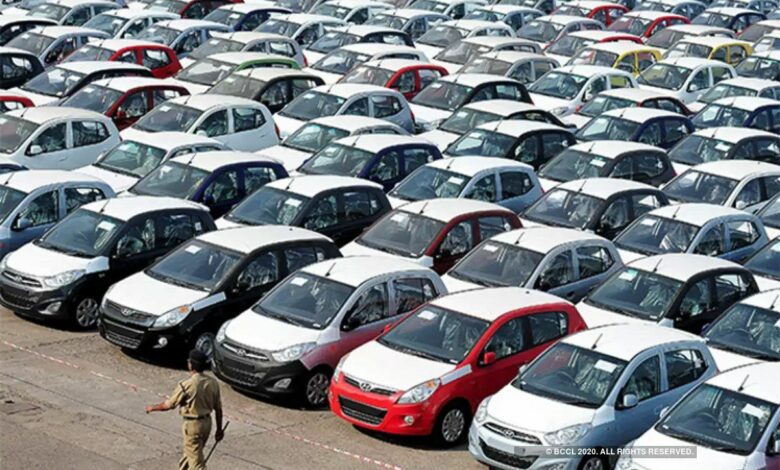
Top 10 Automobile Companies in India 2022
The automotive sector includes all enterprises and activities involved in the manufacture of automobiles, as well as the majority of its components, such as engines and bodywork, but excludes tyres, batteries, and fuel. Passenger cars and light trucks, like pickups, vans, and sport utility vehicles, are the mainstays of the sector. Commercial vehicles (like delivery trucks and transport trucks) are of secondary importance to the industry. The articles automobile, truck, bus, and motorcycle explore the design of modern cars, while gasoline engines and diesel engines describe automotive engines.
Despite its limited history compared to many other businesses, the automotive industry’s impact on history from the 20th century has piqued curiosity. Despite the vehicle being invented in Europe in the late 19th century, the United States dominated the global industry during the first half of the 20th century thanks to mass-production techniques. Western European countries and Japan became major manufacturers and exporters in the second half of the century, dramatically changing.
India’s economy is one of the world’s fastest-growing. Various areas aid the development of the Indian economy. The service sector contributes more to GDP than any other. The manufacturing industry, which comes in second after the service sector, contributes the most to GDP, followed by agriculture. The manufacturing industry provides more jobs than the agriculture sector in terms of employment. In the manufacturing sector, there are many industries, one of which, the automobile industry, has played a considerable role in terms of production, sales, and employment.
This sector is a major contributor to the Indian economy. It is crucial to India’s economic and industrial development. Steel, metal, plastic, petrochemicals, rubber, glass, and other fundamental industries benefit from acquiring raw materials, including steel, metal, plastic, petrochemicals, rubber, and glass. These industries provide people with job opportunities, both directly and indirectly. A firm’s success is determined by the industrial units that make up that industry. As a result, research on units (businesses) is becoming more important.
List of India’s Top 10 Automobile Companies:
1. Tata Motors Ltd
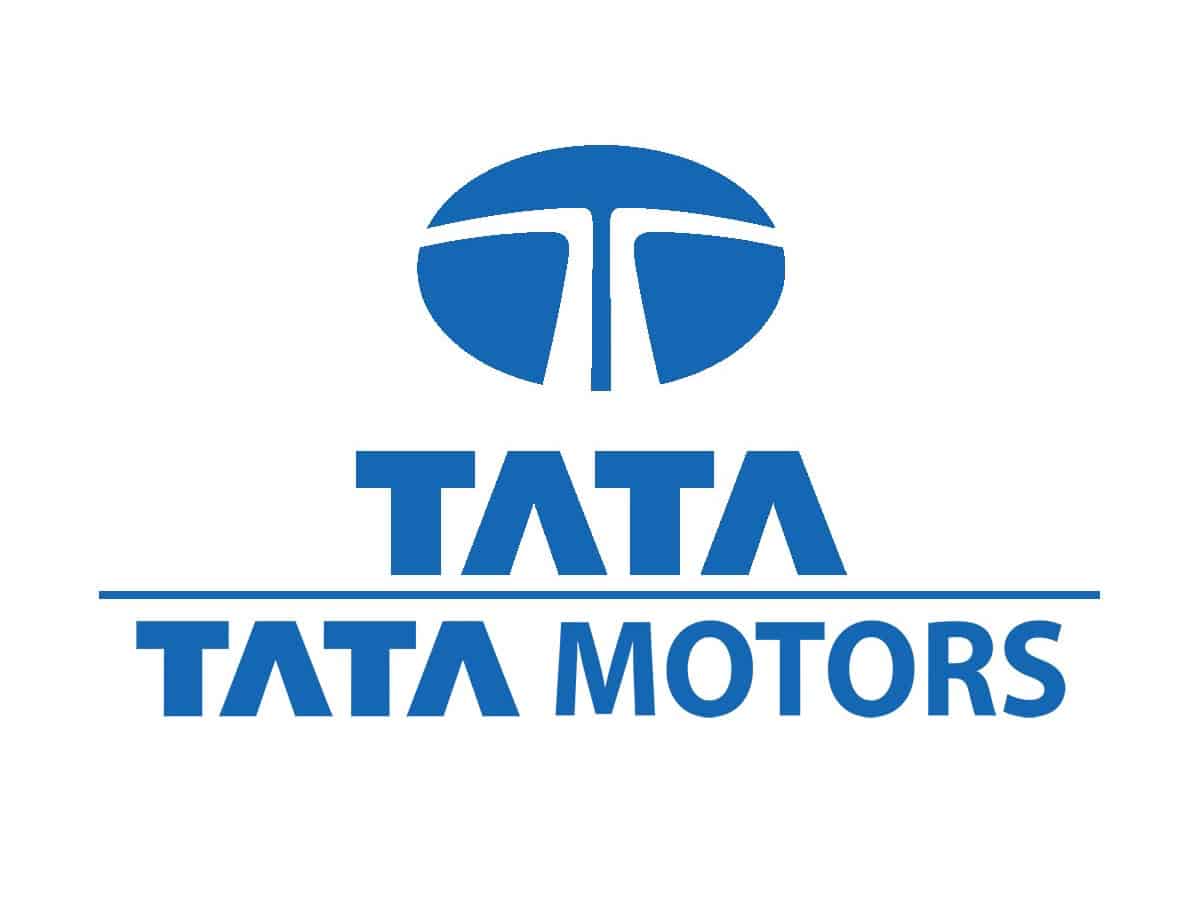
Tata Motors is one of India’s and the world’s major vehicle firms, with over 175 countries where it provides mobility solutions. The portfolio includes a wide range of automobiles, utility vehicles, lorries, and buses. The firm is the largest vehicle manufacturer in India, according to the Top 10 Automobile Companies in India by Turnover ranking.
Market share:
Passenger Vehicles: 6.3%
Commercial Vehicle: 45.1%
Jaguar Land Rover in the United Kingdom and Tata Daewoo in South Korea are two of the company’s 134 subsidiaries, connected enterprises, and joint ventures around the world. TML provides a diverse range of automotive products, including sub-one-tonne to 49-tonne GVW trucks, small, medium, and large buses and coaches, and also passenger automobiles.
TML has gained market share in the Medium and Heavy Commercial Vehicle (MHCV), Intermediate Light Commercial Vehicle (ILCV), and Small Commercial Vehicle (SCV) sectors in India, with a market share of 45.1 per cent and sales of 4,68,788 units in FY 2018-19.
Tata Motors is the largest vehicle manufacturer in India. In FY 2018-19, TML’s market share in the PV segment climbed by 60 basis points to 6.3 per cent.
2. Maruti Suzuki India Ltd
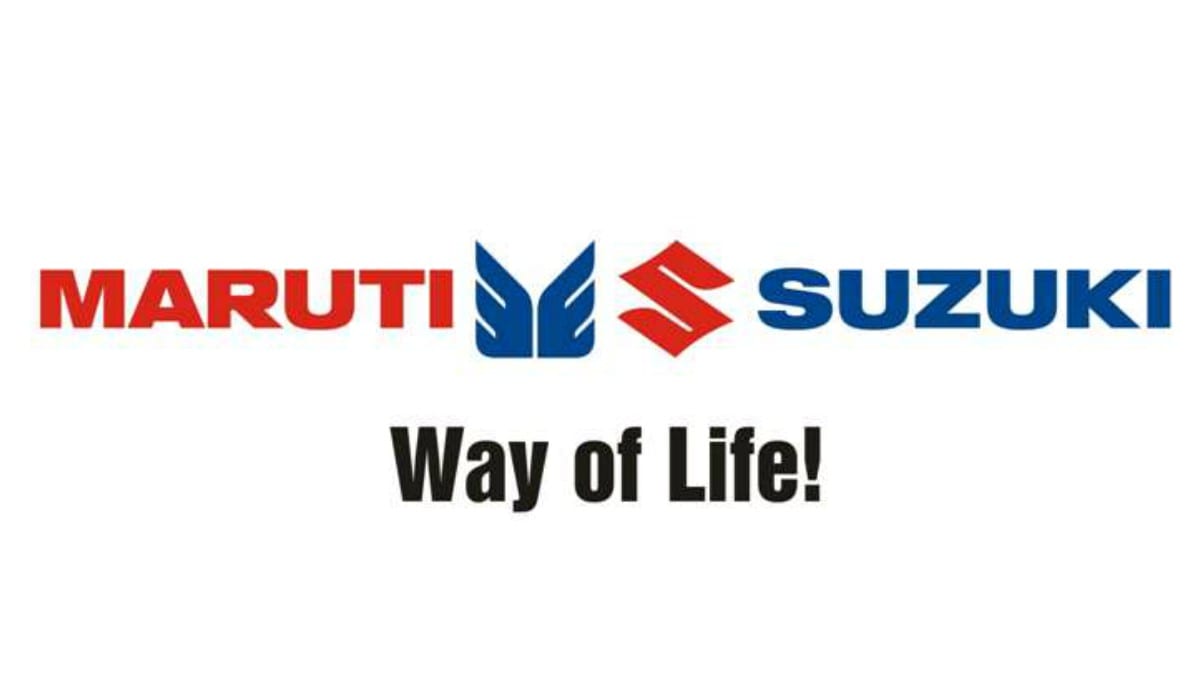
In the passenger vehicle segment, Maruti Suzuki India Ltd is the market leader. The company was established in 1981. The Indian government and Japan’s Suzuki Motor Corporation (SMC) signed a joint venture agreement in 1982. The company became a subsidiary of SMC in 2002. Maruti is India’s second-largest automobile company in terms of revenue.
Market share:
Passenger Vehicles: 53 %
This company is now SMC’s largest subsidiary in production output and revenue. SMC presently owns 56.21 per cent of the company’s stock. Maruti Suzuki is India’s leading manufacturer by market share.
With a combined yearly production capacity of 1.58 million units, the Company maintains manufacturing facilities, in Gurugram and Manesar.
3. Mahindra & Mahindra Ltd
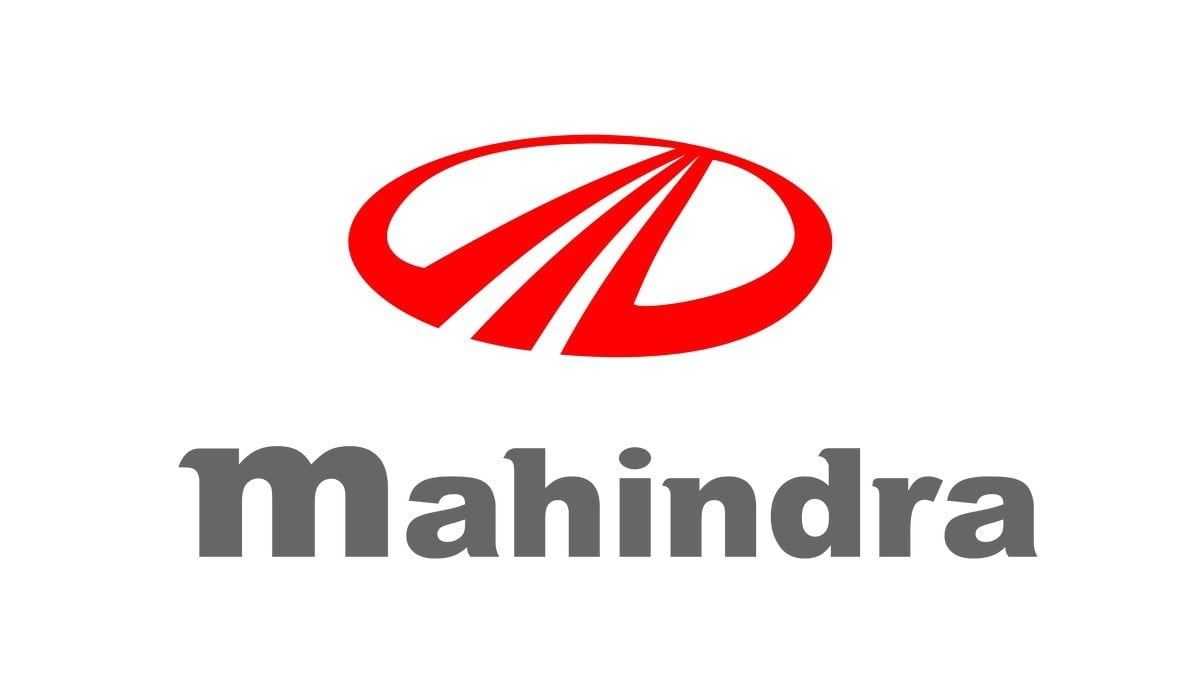
Mahindra & Mahindra Ltd., provides mobility products and farm solutions. It is one of India’s most well-known automobile manufacturers. Since 1947, when the first automobile was assembled, the company has grown quickly.
Market share:
CV: 25.3%
Passenger Vehicles: 7.4%
Tractor: 40.2%.
UV: 25%
LCV : 44.5%
It offers a wide range of products and services, including SUVs, pickup trucks, commercial vehicles, tractors, two-wheelers, and construction equipment.
4. Hero MotoCorp Ltd

In 2001, Honda was named the world’s largest two-wheeler manufacturer, which has held for the past 18 years. With over 90 million pleased consumers around the world, it continues to encourage socioeconomic growth and empowerment.
Market share: 36.0%
It was the first Indian two-wheeler company to set up shop in Latin America when it opened its manufacturing facility in Colombia in 2016. The company is a Hero Group affiliate.
Hero MotoCorp presently has a total annual two-wheeler production capacity of almost 9 million units, making it India’s fourth-largest vehicle manufacturer and fourth among the top 10 manufacturers in the world.
Hero MotoCorp, led by Dr Pawan Munjal, Chairman, has expanded its footprint to 37 countries across Asia, Africa, and South and Central America. Hero MotoCorp is a genuinely worldwide company, with employees from India, Bangladesh, Colombia, Germany, Austria, Japan, and France.
With over 50% of the domestic motorcycle market, Hero MotoCorp is the clear market leader in India, the world’s largest two-wheeler market. Hero MotoCorp operates seven globally benchmarked manufacturing facilities, five of which are located in India and one in Colombia and Bangladesh.
5. Bajaj Auto Ltd

With operations in over 70 countries, Bajaj Auto is the world’s third-biggest motorcycle manufacturer and the largest maker of three-wheelers. Its influence spans a variety of businesses, including two- and three-wheeler makers. The firm is a subsidiary of the Bajaj Group.
Market share: 18.7%
Bajaj Auto is the fourth-largest three- and two-wheeler manufacturer in the world, with the Bajaj brand well-known in Latin America, Africa, the Middle East, South, and Southeast Asia.
Bajaj Auto International Holdings BV is a wholly-owned subsidiary of Bajaj Auto Ltd situated in the Netherlands. Bajaj Auto has invested €198.1 million (H 1,219 crore) in this company throughout the years and now has a 48 percent share in KTM AG of Austria (KTM), the world’s fastest-growing motorcycle brand.
6. Ashok Leyland Ltd
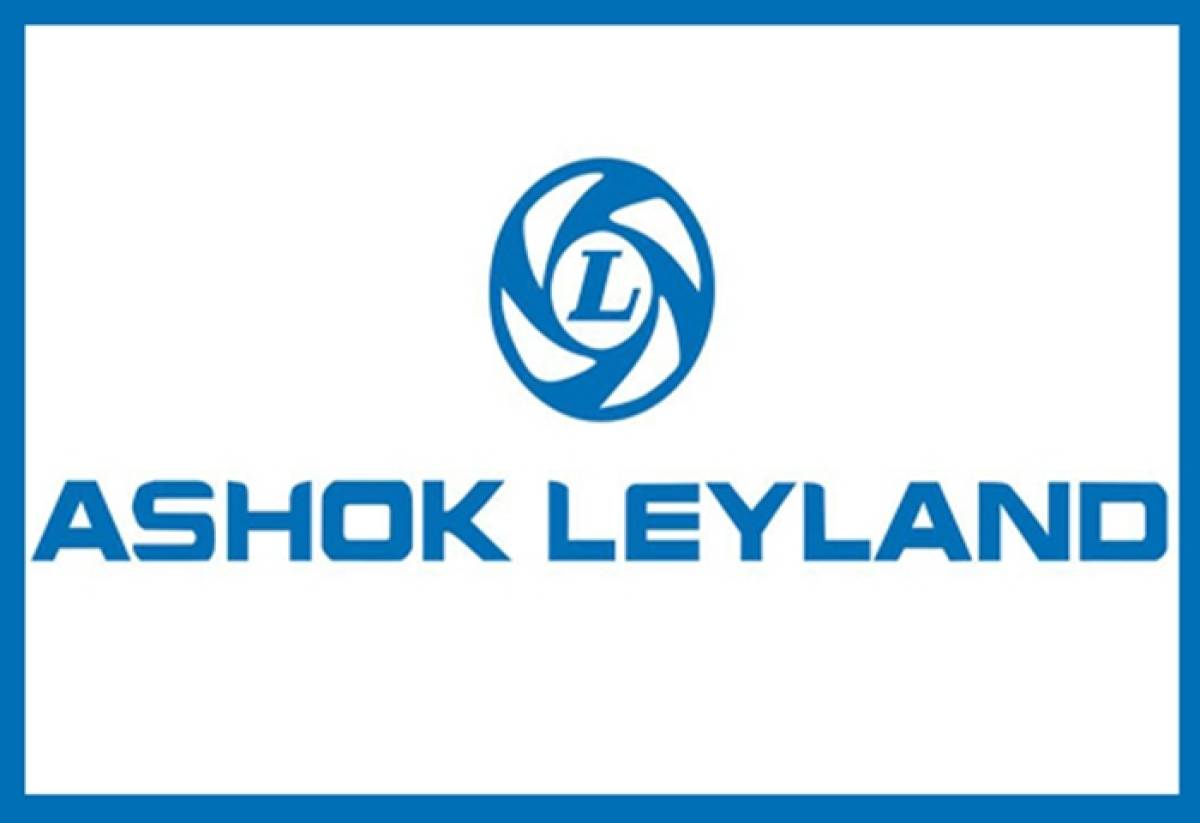
The Hinduja group’s flagship, Ashok Leyland, is India’s second-largest commercial vehicle manufacturer, the world’s fourth-largest bus maker, and the world’s tenth-largest manufacturer of trucks.
Headquartered in Chennai, the company has nine manufacturing units worldwide: seven in India and one in Ras Al Khaimah (UAE). Ashok Leyland has a well-diversified portfolio. Ashok Leyland was recently named as India’s 38th best brand.
Trucks, 16 to 80 seater buses, vehicles for defence and special applications, and diesel engines for industrial and marine applications are all part of Ashok Leyland’s product line, which spans 2.5T GVW (Gross Vehicle Weight) to 49T GTW (Gross Trailer Weight).
In 2016, Ashok Leyland introduced India’s first electric bus and a Euro 6-compliant truck. Ashok Leyland buses transport millions of passengers to their destinations every day, while 7,00,000 trucks keep the economy moving.
7. TVS Motor Company Ltd
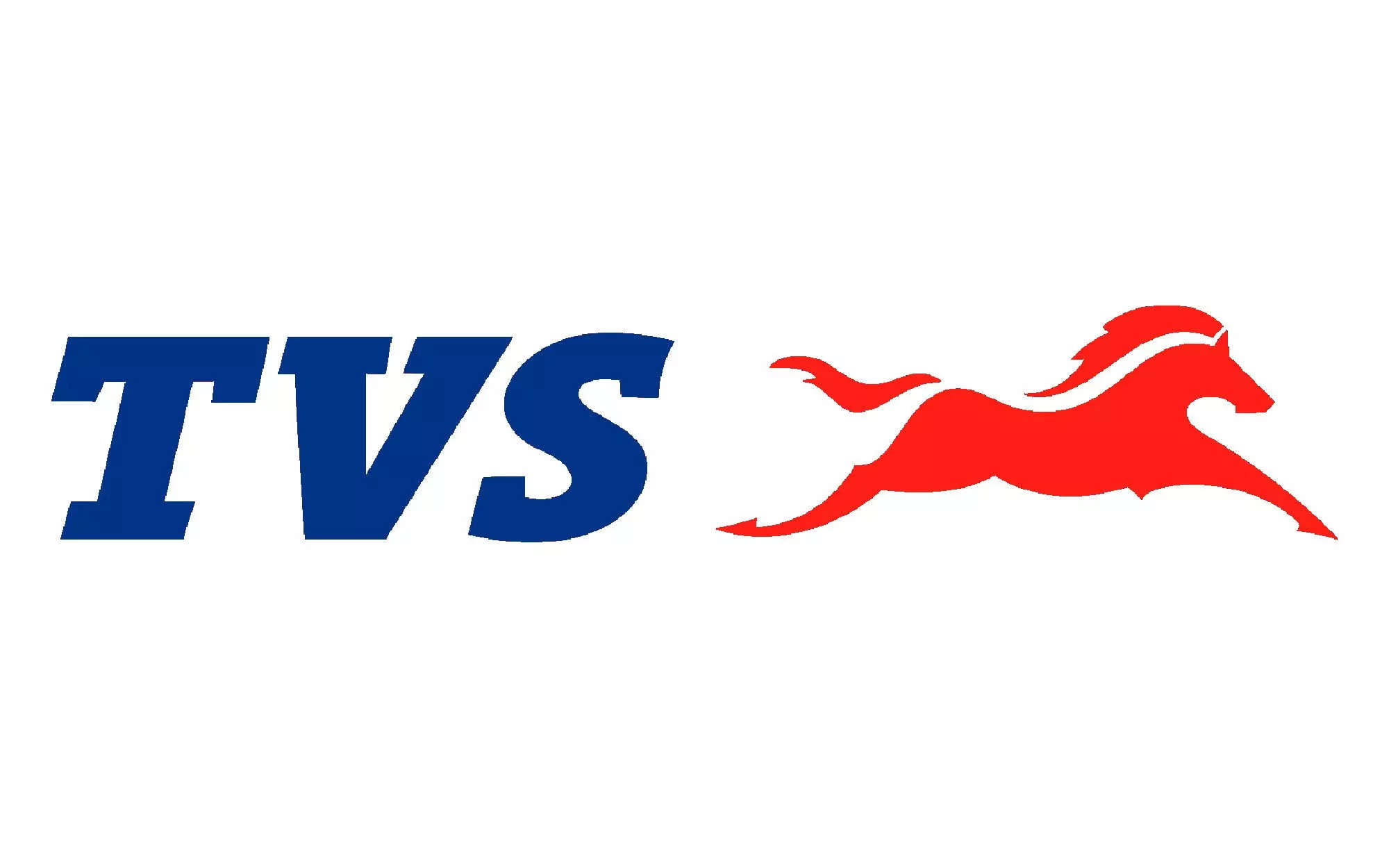
With sales of 15129 Cr INR, TVS Motor Company is India’s third-largest two-wheeler producer (2017-18). The company can produce 4 million two-wheelers and 120,000 three-wheelers every year.
Automobile, Aviation, Education, Electronics, Energy, Finance, Housing, Insurance, Investment, Logistics, Service, and Textiles are all part of the TVS Group. There are around 90 companies under the umbrella of the company.
Three of the company’s manufacturing factories are in India (Hosur, Tamil Nadu, Mysore, Karnataka, and Nalagarh, Himachal Pradesh), while one is in Indonesia (Karawang). The firm is one of India’s Top 10 Automobile Companies.
8. Eicher Motors Ltd

Royal Enfield’s listed parent, Eicher Motors Limited (EML) (Bloomberg: EIM IN Reuters: EICH.NS), is the global leader in middleweight motorbikes. Royal Enfield has been producing distinctive motorcycles since 1901, making it the world’s oldest motorcycle brand in continuous production.
Royal Enfield manufactures bikes in Tamil Nadu for the rest of the globe, with advanced development facilities in Leicestershire, UK, and Chennai, India. Aside from motorcycles, Eicher has a joint venture with Sweden’s AB Volvo called Volvo Eicher Commercial Vehicles Limited (VECV), driving modernisation in India’s commercial vehicle industry and other emerging countries.
VECV produces trucks and buses ranging in size from 5-55 tonnes. Its integrated manufacturing factory in Pithampur, Madhya Pradesh, is Volvo Group’s global base for medium-duty five eight-litre engines. The company is ranked 8th in India’s Top 10 Automobile Manufacturing Companies.
9. Force Motors Ltd

Shri. N. K. Firodia founded Force Motors in 1958 to provide inexpensive commercial transportation for the masses by using the finest available technology and creating cost-effective, dependable, and efficient goods.
Small Commercial Vehicles (SCV), Multi-Utility Vehicles (MUV), Light Commercial Vehicles (LCV), Special Utility Vehicles (SUV), and Agricultural Tractors are among the company’s current offerings.
10. SML ISUZU Ltd

SML Isuzu Ltd. (SMLI) has been a respected and reliable commercial vehicle manufacturer since 1985. It has a 33-year track record of producing light and medium commercial vehicles to meet the needs of Indian clients. SMIL is the first company to develop and build cutting-edge buses, ambulances, and custom vehicles.
Sumitomo Corporation of Japan and Isuzu Motors of Japan own 44 per cent and 15 per cent of the company, respectively. It is one of India’s Top 10 Automobile Manufacturers.
How can India’s auto sector gain traction and grow?
This industry is a cornerstone of the global economy, a key driver of macroeconomic growth and stability, and technological development in developed and emerging countries. It encompasses a massive range of industries. Understanding the evolution of the car sector in other countries provides a roadmap forward for developing countries like India.
India’s automobile sector is the sixth-largest globally in terms of volume and value. According to the Society of Indian Automobile Manufacturers, it has increased by 14.4% in the last decade (SIAM). With around 35 automakers, the industry contributes 7% to India’s GDP and employs 7 to 8% of the country’s entire workforce.
Auto’s contribution to the global economy:
The core automotive sector supports many upstream and downstream business areas and ancillary businesses. This has a compounding effect on economic growth and development. Furthermore, R&D and innovation in the automobile business can aid other industries, like applying novel concepts in the insurance industry (for example, automotive telematics).
Automotive contributes to various vital aspects of nation-building, including earning government revenue, economic development, human development, and R&D and innovation.
Increasing revenue vehicle sales, usage-related levies, personal income taxes, and corporate taxes contribute to the automobile sector’s tax collections. Excise, sales, value-added, and local taxes and import tariffs are collected from the production and sale of new and used automobiles, parts, and services. According to the Japan Automobile Manufacturers Association, auto-related taxes in Japan totalled $7.72 billion in 2012, accounting for around 9 to 10% of total tax receipts.
Auto contributes $135 billion to the US economy each year, accounting for 13% of state taxable income and 2% of federal tax revenues. In India, duties collected on the sale of automobiles, accessories, and petrol accounted for 7 to 8% of total central tax revenue in 2012.
Furthermore, because automakers profit from globalisation through exports, they also earn foreign exchange. This is critical to a country’s current-account performance and international trade balance. Unsurprisingly, industrialised countries have a more considerable percentage of automobile exports than emerging economies, with 18% in Germany and 17% in Japan, compared to 6% in Brazil and 5% in India. Vehicle imports and auto components, on the other hand, counterbalance 4 to 6 per cent of export revenues in some developing economies.
Development of the economy: The automotive industry has a big influence on global economic growth. Globally, this industry accounts for roughly 3% of total GDP; however, the number is larger in emerging economies, with China and India accounting for 7% and rising.
Foreign direct investment (FDI) inflows and automobile output are closely linked, particularly in developing economies. In China, for example, the link between auto output growth and FDI is nearly one to one since the automotive industry’s progress has closely paralleled that of the Chinese economy. Automotive FDI can lead to a larger automotive ecosystem by attracting investment in associated sectors.
In South Korea, for example, the car industry received 40% of total FDI in 2000, helping the country emerge from its recession following the Asian financial crisis of 1997. South Korea is now the world’s fifth-largest car manufacturer. The government has reaped the benefits of a multiplier affect with surrounding industries. For example, steel sales increased from 55 thousand tonnes in 2002 to 210 thousand tonnes in 2012. More than four jobs are created in upstream or downstream businesses for every job completed in the core car industry.
Industrial development: Automobiles are a catalyst for regional development all around the world. Component manufacturing facilities, such as steel mills, glassmakers, used vehicle dealerships, aftermarket shops, and transportation service providers, surround OEM factories, establishing industrial clusters. These clusters result in new municipalities with significant road infrastructure, railway and freight connections, and new housing complexes.
Most major auto economies, including Detroit in the United States and Ulsan in South Korea, include these clusters. The ABC region is near So Paulo, Brazil; Pune, Gurgaon, and Chennai, India; and Guangzhou, China, where more than 55 automakers, 100 component suppliers, and 200,000 workers currently dwell. Guangzhou produced 13% of China’s overall GDP in 2007 and had a GDP per capita nearly 75% greater than the national average.
Mobility: Automobiles have changed the concept of mobility, making it much easier than ever to move commodities and people across borders. Due to increased automobile ownership and improved transportation infrastructure, counter-urbanisation—the migration of people, businesses, and industry from cities to newly formed suburban areas—has been witnessed in industrialised countries for decades. In emerging markets, this trend is taking on. The New Delhi suburbs of Noida and Gurgaon have experienced significant expansion, providing crucial revenue streams to their respective states.
People’s advancement: There is one car for every five people on the planet; in the United States, there is one car for every 1.25 people. Automobiles can improve people’s quality of life by providing them with more mobility, comfort, and safety.
In addition, the sector aids in creating jobs and the development of skills. Its many forward and backward linkages offer both direct and indirect employment opportunities. To put this in context, in 2010, 313,000 persons worked for OEMs in the United States, with another 1.1 million working in related businesses. In all, 5% of the US workforce had direct or indirect ties to the automotive industry. OEMs added 270,000 employment in South Korea in 2011, and allied industries added 1.4 million jobs overall (a multiplier of more than five), accounting for up to 7% of the country’s workforce. In Japan, the sector employs 5.4 million people, accounting for 8 to 9% of the overall workforce.
Employees learn crucial skills in R&D, design, sourcing, production, supply chain, sales, and marketing due to the industry’s complexity. In this way, the automobile industry serves as a breeding ground for technological and managerial talent that benefits various industries and the entire economy.
They are fostering research and development (R&D) and innovation. Consumer demand for more product variety, better performance, increased safety, stricter emission requirements, and cheaper costs drives manufacturers’ R&D expenditure. Automobile businesses spend the third most on R&D of any industry, at $108 billion, behind technology companies at $111 billion and pharmaceuticals at $120 billion. 2 In the auto hubs of Germany (33 per cent), Japan (20 per cent), and South Korea, automotive accounts for a large part of total industrial R&D spending (18 per cent).
This industry is at the forefront of manufacturing techniques, which has extended to other industries. Many industries now use production methods developed in the automotive industry, including Ford’s assembly line manufacturing and Toyota’s lean techniques.
The automobile industry was the first to adopt robots as an automation solution; robotics is now a $25 billion industry, with food service, pharmaceuticals, and communications among the industries that make substantial use of the technology. Supply chain and modular sourcing have impacted the automotive industry. Design, engineering, research and development, and purchasing were among the first tasks delegated directly to suppliers by automakers. By focusing on core procedures, automakers have increased profitability and more effectively served specialised markets.
edited and proofread by nikita sharma




